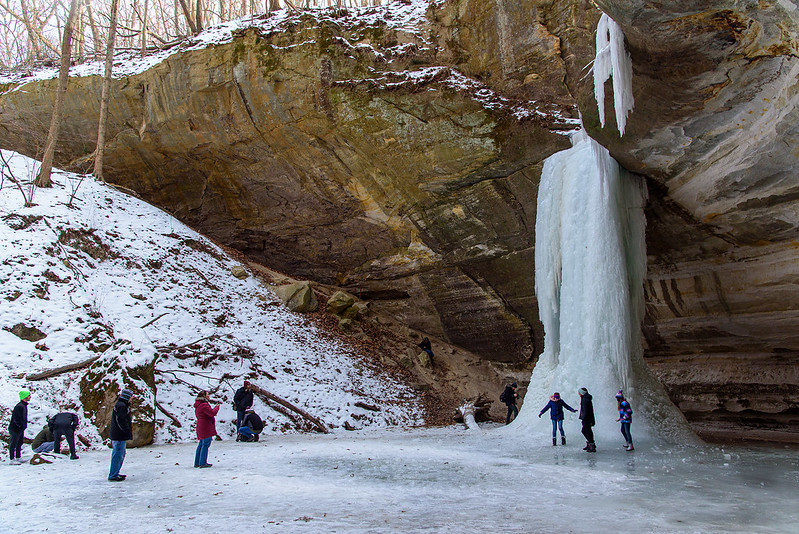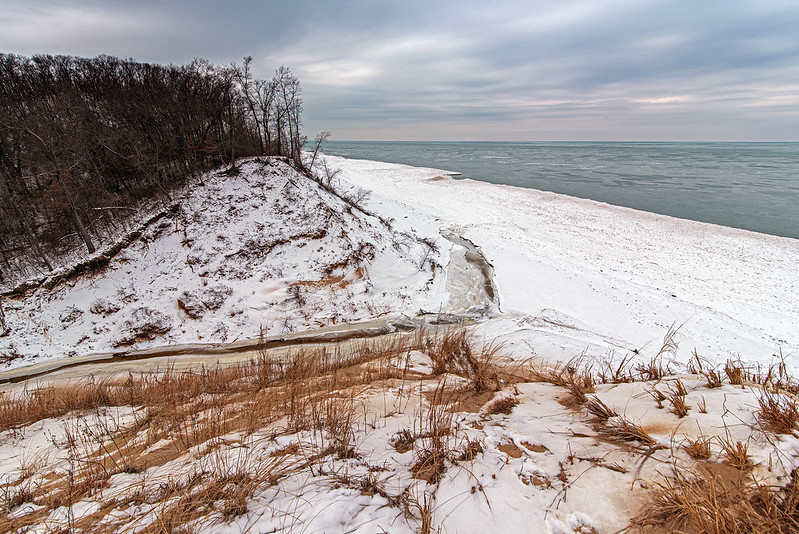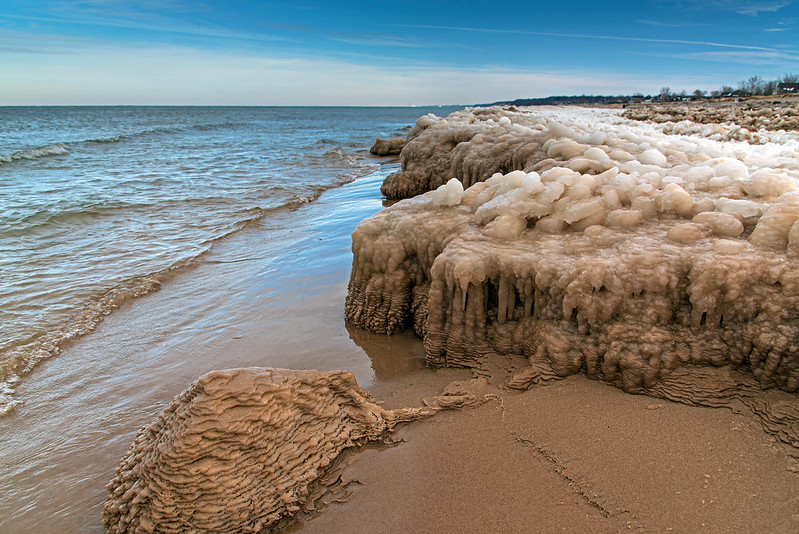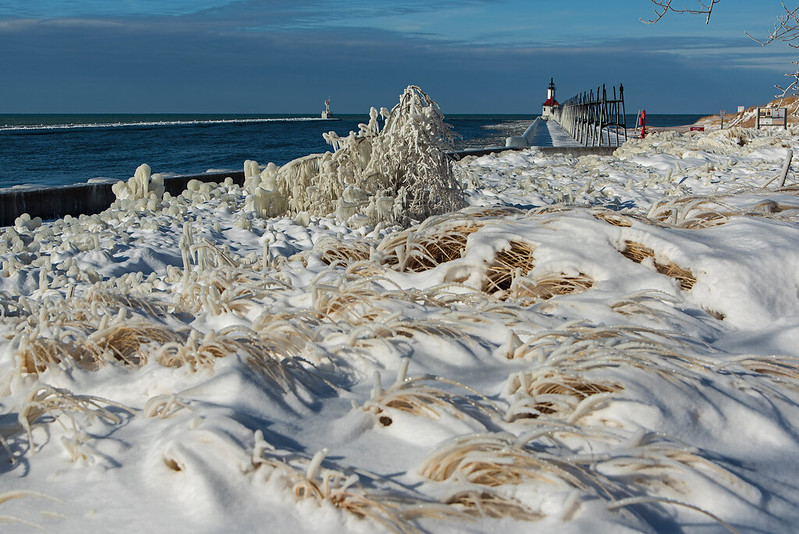
Hiking with a camera is a lot different than just plain hiking. When I am with my camera, I'm looking around at the expanse of where I am for interesting views and angles. I am also looking at particular objects I encounter and their relationship to the landscape. And finally, I'm looking for small things that may normally get passed up if I was simply walking along. It's a constant scan - the whole, the large, and the tiny - over and over again. If you train your eye to do this as you're walking along, you don't miss much. In fact, you see far more than you ever thought you would.
You really need to force your eye to look at things and places you would normally ignore, and not only will you find so many interesting things to photograph, you'll find so many more things to encounter and enjoy on your hike.
With all that said, when you reach a special place in the landscape, get all the photos you want, but before leaving that area, STOP! Stop and take in everything you see, everything you hear, everything you smell, and everything you feel. It's amazing how just standing and staring out at Lake Michigan from atop a dune can make you feel. Forget all of the details around you and all of a sudden, you become part of the scene. You'll see, hear, and feel things you don't often encounter - small animals in the tall grass, singing birds, all sorts of things you don't hear if you keep walking, talking, and pulling out your phone.
When we arrived at the top of the dune and followed the ridge trail, we stopped and just stood there soaking in the environment around us. At first we looked around for interesting things in the distance, but after a few moments, our eyes just glazed a bit as our minds began to take in everything around us. It really is magical.
Not only do you want to look at the "interesting" view, turn around, look at what's behind and around you, often it's better than what you're looking at! Walking just a few steps and stopping again, often brings a whole new experience once again.
Remember to take a bit of time to remove yourself from your hike, your walk, or your relaxing rest on a bench. Take in what's around you, look at things again - for the first time as they say.








































